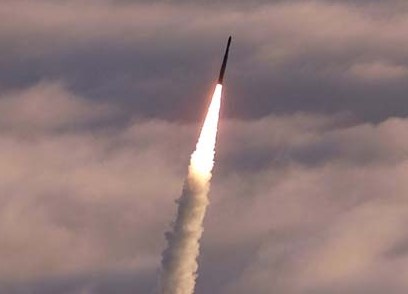
SEOUL (AFP): South Korea on Wednesday test-fired two ballistic missiles capable of hitting any part of North Korea, in an apparent response to recent bellicose boasts from Pyongyang about its nuclear and missile capabilities.
In an unusual move, President Park Geun-Hye personally observed the test exercise, a defence ministry official said.
"The military tested two home-developed, long-range missiles that could hit any target in North Korea," the official told AFP on condition of anonymity.
The test came almost a month after North Korea said it had successfully tested a submarine-launched ballistic missile (SLBM) -- a claim which numerous experts said was probably exaggerated.
A fully developed SLBM capability would take the North Korean nuclear threat to a new level, allowing deployment far beyond the Korean peninsula and giving it the potential to retaliate in the event of a nuclear attack.
As well as the SLBM test, Pyongyang recently boasted of its ability to miniaturise a nuclear warhead to fit on high-precision, long-range rockets.
Experts also questioned that claim, although there is broad agreement that the North is moving ahead quickly with both its nuclear and ballistic missile programmes.
The type of South Korean missile tested Wednesday is capable of carrying a one-tonne payload up to 500 kilometres.
It was developed under an agreement reached in 2012 with the United States to almost triple the range of the South's ballistic missile systems.
A similar missile was previously tested in April 2014.
The United States stations 28,500 troops in South Korea and guarantees a nuclear "umbrella" in case of any atomic attack.
In return, Seoul accepts limits on its missile capabilities and had previously operated under a range and payload ceiling of 300 kilometres and 500 kilograms.
Given the ambitions of North Korea's own missile programme, the South had long argued for the limits to be extended.
The 2012 agreement, which was denounced as a provocation by Pyongyang, allows the South to deploy missiles with a maximum range of 800 kilometres.
While the maximum payload for that range remains 500 kilograms, the two parameters are inversely linked, so that for shorter ranges corresponding payload increases are allowed.
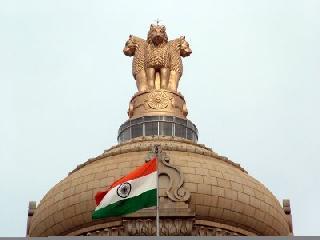 Previous Article
Previous Article Next Article
Next Article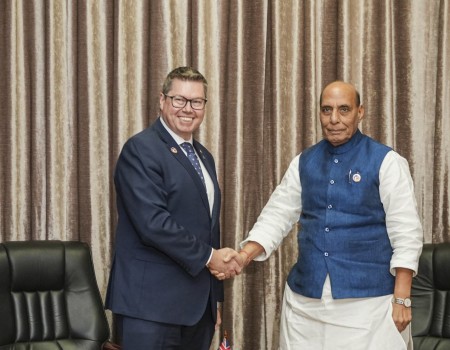
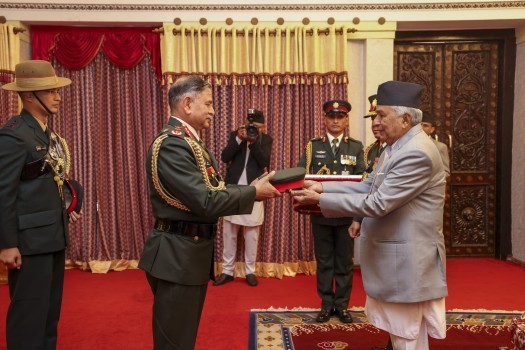
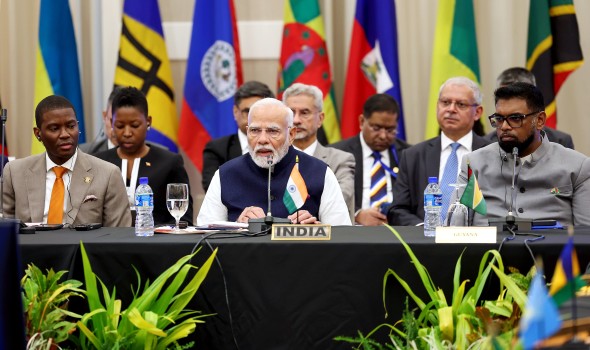
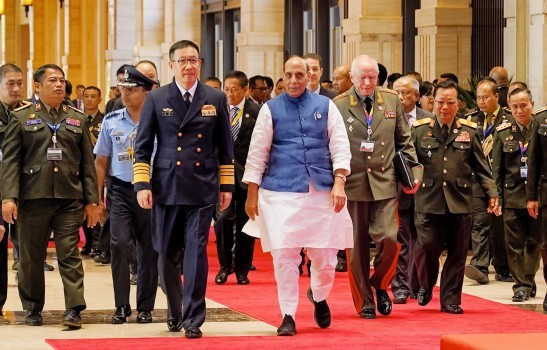

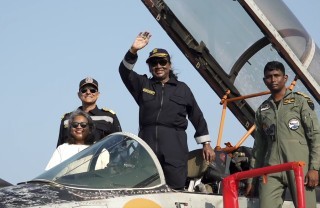






The Indian Air Force, in its flight trials evaluation report submitted before the Defence Ministry l..
view articleAn insight into the Medium Multi-Role Combat Aircraft competition...
view articleSky enthusiasts can now spot the International Space Station (ISS) commanded by Indian-American astr..
view article